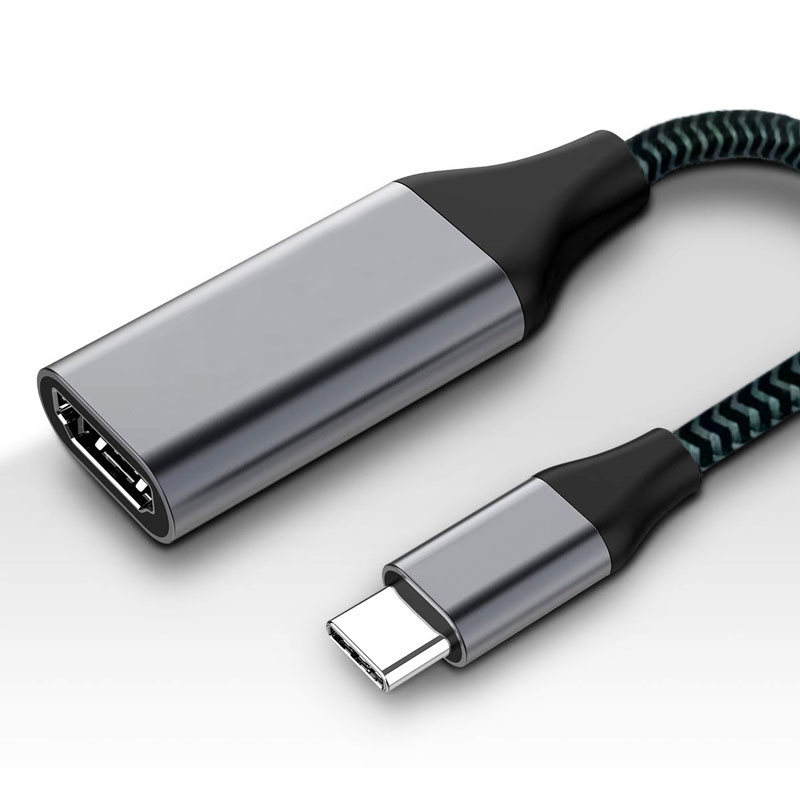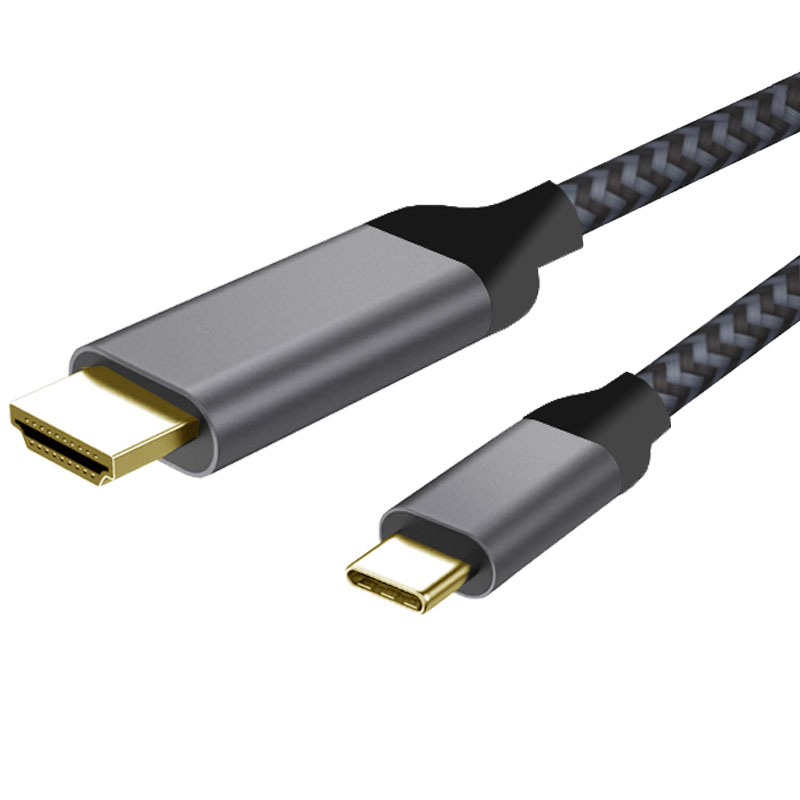USB-C to HDMI: cables & adapters
USB-C to HDMI adapter cables enable USB-C ports to communicate with HDMI allowing items like laptop computers to use just USB-C and communicate with HDMI inputs on displays, etc
1.Why we need USB C to HDMI cable & adapters
Many laptops and other items of electronic equipment use USB C connectors and the trend is moving towards them only having USB C as their interface connector.
This appears to create an issue when items like TVs, computer monitors and the like only use HDMI, or possibly older interface options like DVI, but fortunately it is possible
In order to connect a USB C port to an HDMI port, it is necessary to use a USB-C to HDMI cable which acts as an adapter.
These USB-C to HDMI adapter cables are widely available and provide the ideal method for enabling laptops and other computers, etc to communicate with HDMI based products like displays, screens televisions and the like.


2.How do USB-C to HDMI adapters & cables work
The signal formats and number of lines available within USB-C and HDMI are vastly different, so it is necessary for the HDMI port to be able to adapt its operation.
The HDMI port is able to use a capability known as HDMI Alternate Mode, HDMI AM. Using this mode the cable is able to interface directly from USB-C to HDMI.
In view of the differences between the connections for the USB-C connector and the HDMI connector, in Alternate Mode, the HDMI port reconfigures the four SuperSpeed differential pairs of the USB-C interface to carry the three HDMI TMDS channels and the clock signal.
The two Sideband Use pins named SBU1 and SBU2 are configured to carry the HDMI Ethernet and Audio Return Channel as well as the Hot Plug Detect functionality (HEAC+/Utility pin and HEAC−/HPD pin).
There are then insufficient pins remaining in USB-C port for the DDC clock, SCL, DDC data, SDA, and CEC. To accommodate these, the three signals are bridged between the HDMI source and sink using the USB Power Delivery 2.0, USB-PD protocol, and are passed over the USB-C Configuration Channel, CC line.
3.USB-C to HDMI cable VS adapter
There is a good choice of cables and adapters. Typically the cable has USB-C on one end and an HDMI plug on the other to go directly into the HDMI based equipment. The adaptor typically has a USB-C pug and then a floating HDMI socket. This can then be connected to an HDMI cable.
These HDMI adapters may be more convenient to use if the HDMI to HDMI cable can remain in place and the adapter used to connect into it. The USB-C to HDMI adapters are affectively a small cable with a female floating socket. They can be very convenient to carry around because of their size and weight, provided that an HDMI to HDMI cable is available.
USB-C to HDMI cables have plugs at both ends and will interface between both end points without the need for any additional cable. However they are more bulky and a little heavier.
For more information about USB-C to HDMI cable/ adapter, look at Richupon data cable: USB C TO HDMI Cables
Copyright © 2025 Richupon Electronics Shenzhen Co. Ltd. | All Rights Reserved